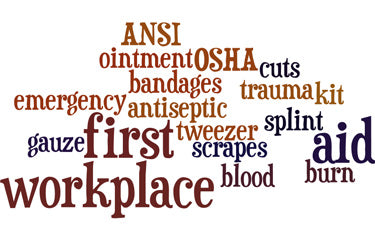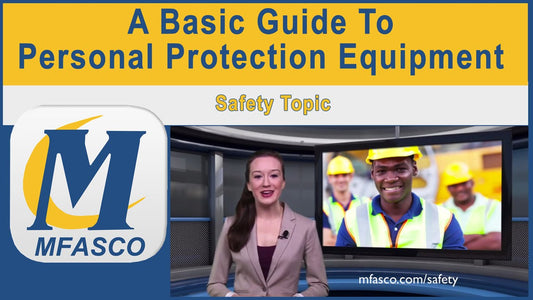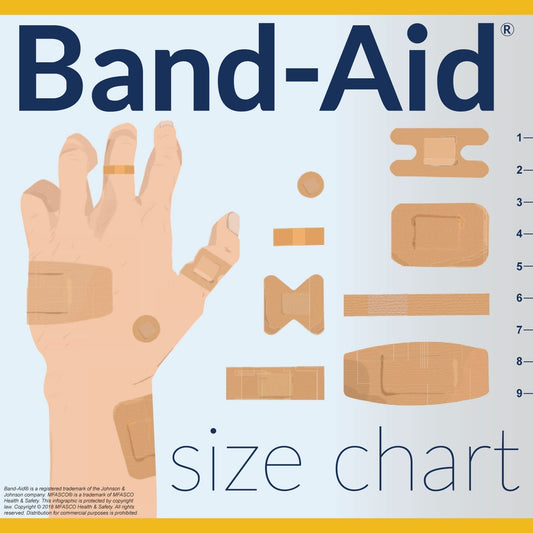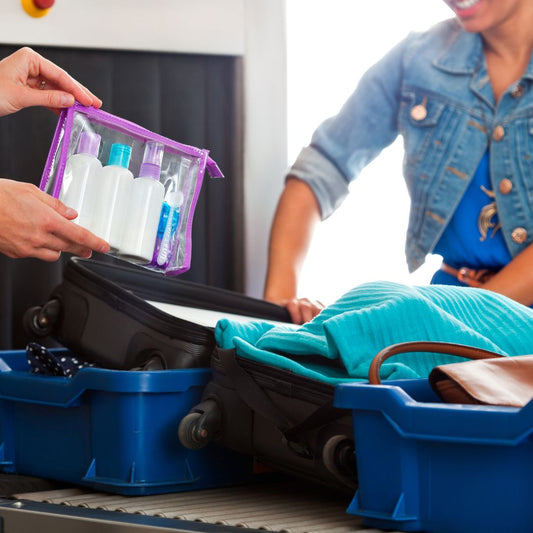Understanding the Importance of PPE for Bodily Fluids

PPE for bodily fluids is necessary to protect ourselves from infectious diseases. Few people likely ever imagine themselves in a situation where a full-body hazmat suit would be necessary, but for lab workers and some healthcare personnel, this may be an everyday norm. However, it's imperative that hospitals, laboratories, and other workspaces are prepared for worst-case scenarios, especially regarding bodily fluids and other possible contaminants. Take for example the recent Ebola outbreak that had health care facilities around the country concerned about both the health of their workers and patients. In general, hospitals and other facilities did not have proper PPE protocols in place, which resulted in the U.S. Centers for Disease Control and Prevention issuing updated guidelines for appropriate precautions.
There's no way of knowing exactly when an unexpected biohazard will present itself. With that said, having the right PPE on hand, including gowns, masks or respirators, gloves, and goggles, in case of a possible emergency will certainly lead to healthier and safer outcomes in the long run.
"OSHA mandates that employers legally must provide appropriate PPE."
Law regarding PPE
According to the Occupational Health and Safety Administration, employers are legally obligated to provide appropriate PPE for specific work conditions. Regarding bodily fluids, the Bloodborne Pathogens Standard mandates that PPE is required when exposure to blood and other potentially infectious materials is expected.
OSHA states, "Appropriate PPE, addressed in 29 CFR 1910.1030(d)(3)(i), must be provided by the employer, cleaned and laundered and disposed of, at no cost to the employee, in appropriate sizes and used by personnel if blood exposure is anticipated. PPE includes gloves, gowns, laboratory coats, masks, face shields, eye protection, mouthpieces, resuscitation bags, pocket masks, or other ventilation devices."
Under that directive, it's clear that PPE for bodily fluids should be as comprehensive as possible, especially when any exposure can pose a potential risk. Therefore, protecting employees from workplace hazards requires PPE training, thorough PPE protocols, and safe disposal methods. Moreover, procedures should regularly be critiqued and reassessed to ensure the safety of employees when wearing PPE for bodily fluids.
Wearing PPE for bodily fluids
Learning how to appropriately put on and take off full-body PPE requires professional training and should be practiced, but in case of an emergency, the CDC has several recommendations for donning protection.
To begin, the CDC advises considering the sequence in which a person puts on and removes PPE. The organization notes to don the gown first, then put on a respirator, goggles, and gloves, in that order. If additional PPE is needed, be practical about the order it is put on.
For gowns, the CDC advises wearing the appropriate size gown, securing it at the neck and waist, and wearing two gowns if the first is too small. Respirators, goggles, or face shields should fit well and be adjusted so that they are not prone to movement or loosening. Finally, gloves are donned last and should extend over the cuffs of the gown so that no skin is exposed.
Note that according to the CDC, PPE for bodily fluids should not be removed strictly in reverse order. The organization has it removed as follows: gloves, face shield or goggles, gown, respirator.
Bio Safety Products & Accessories
MFASCO's Make a Kit Tool
Bio Protection Products
Deluxe PPE & Clean Up Kit Plastic
Additional Resources for Bio Safety Kits & Supplies
Top 8 First Aid Kit Types
Disinfecting hard Surfaces for Workplace Health
Bloodborne Pathogens & the Typical American Worker
Contributing Expert

Mike Brinker
Mike Brinker has been working in the first aid industry for over 35 years. He has worked with thousands of businesses,groups, and organizations to provide a healthy and safe work environment. Mike helped create “Make-A-Kit”, the internet's only online first aid kit creation tool. He has also authored many helpful first-aid and safety-related resource articles found at the MFASCO Learning Center.


























